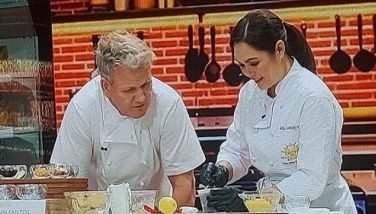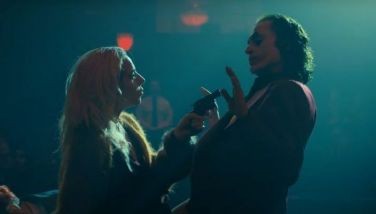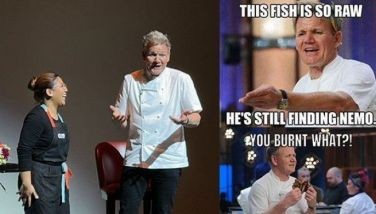There is hope for the documentary artist
We came across an interesting article last week that offered us an insight into a genre of film now quickly gaining popularity the documentary. These hour-long journeys on Discovery Channel, National Geographic, even cable news channels like BBC and CNN offer us fascinating topics about people, nature and cultures around the globe. They educate us and broaden our horizons with personal stories from people in places we may never get to visit.
Coming across this piece has brought us back to those documentary artists who had made their mark early on. We are aware of Nick Deocampo and his stories of feminism and gay activism; the nationalism of Lamberto V. Avellana and the early Tikoy Aguiluz; and the anti-imperialism of Sari Lluch Dalena. Recently, we gained international attention with the theatrical release of the Sundance-winning documentary Imelda by Fil-American Ramona Diaz on Imelda Marcos. Similarly, the docu-drama true-to-life story Metro Manila starring Filipinos won the Audience Award at the 2013 Sundance Film Festival.
A US-based documentary Be Good, Smile Pretty is about Tracy Tragos who lost her father in the Vietnam War and decided to trace his life through a documentary she directed and financed. After quitting her job at Dreamworks, she spent the next two years filming and editing the story she believes she was meant to tell.
Those who follow this path are not in it for the money. Their stories are real, in real time and their work has real-life consequences. A case in point is In the Family, a documentary directed by Joanna Ruddick on her personal journey in inheriting the breast cancer gene (BRCA). What may happen when a private company would seek to patent genes? Information from In the Family interviews helped the American Civil Liberties Union and the Public Patent Foundation mount a court case reviewed by the US Supreme Court that helped Joanna win the case.
Debra Tolchinsky is a professor at Northwestern University’s radio/television/film department. She contends that the making of documentary film is no longer within the territory of film studios. A filmmaker can now capture footage with a digital camera, edit it with software coming with every new laptop or tablet, and upload this within minutes on YouTube. These technical advances have leveled the playing field making it easy to share stories with the public.
A series of successful YouTube videos, nevertheless, is not enough. What some have done are alternate projects between clients that pay the bills, with those “self-financed labors of love.†The company Trillium has been making documentaries for PBS (Public Broadcasting Service) and a number of cable TV channels since 1985. Their advice to a next generation of independent filmmakers? Take a few business classes!
These days, documentary filmmakers enjoy various non-traditional avenues of distribution, especially in the digital arena. The website Kickstarters is the best example. We are told that Mozart, Beethoven, Whitman, Twain and other artists funded their works by soliciting funds from smaller patrons called subscribers. Kickstarter is an extension of this model, turbo-charged by the web. It is the same concept that Indiegogo also practices.
Marc Schiller is a film promoter and founder of BOND Strategy and Influence, a leading independent film-marketing firm in New York City. He claims the biggest challenge with filmmakers today is making them comfortable with digital distribution. “There are fantastic films being made… but the filmmakers need to know who their audience is and how to make those people champion their work. It’s about creating a community around a film.â€
(E-mail your comments to [email protected].)
- Latest
- Trending


































